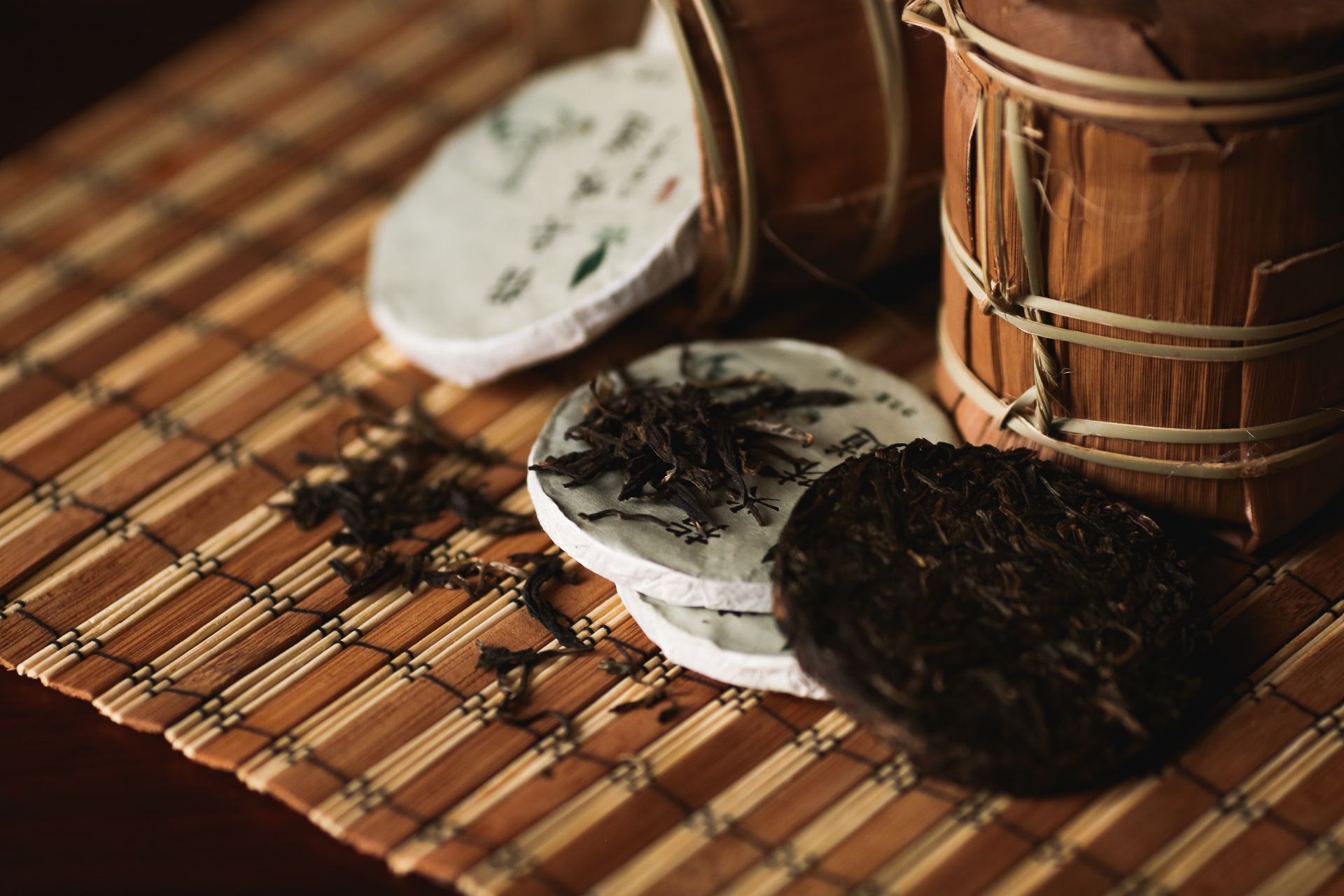
Tea enthusiasts are always on the lookout for unique and flavorful experiences, and 2024 is set to be an exciting year for rare and exotic teas. From lesser-known varieties to teas with fascinating origins and cultivation methods, these selections provide a deeper look into tea’s diversity. Here are some of the most intriguing rare teas to try this year.
Purple Tea from Kenya
One of the most unique teas emerging on the market, purple tea is grown in the highlands of Kenya. This tea has a purple hue due to high levels of anthocyanins, the same antioxidant compounds found in blueberries. Known for its light, floral taste with subtle earthy undertones, purple tea is an excellent choice for health-conscious tea drinkers. It’s also lower in caffeine than black or green tea, making it a gentle option for any time of day.
Key Benefits:
- High in antioxidants and anthocyanins
- Supports heart health and may help reduce inflammation
Korean Jeju Island Tea
Jeju Island, a volcanic island off the coast of South Korea, is known for its rich soil and clean environment, producing some of the highest quality teas in the world. Jeju Island green tea is cultivated in mineral-rich volcanic soil, which gives it a vibrant green color and a fresh, grassy flavor profile. This tea is often hand-harvested and is highly valued for its purity and unique taste.
Flavor Profile:
- Fresh, grassy, and slightly sweet
- Smooth and light, with minimal bitterness
White Tea from Nepal
While Nepal is famous for its high-altitude black teas, Nepalese white tea is gaining popularity among tea connoisseurs. Grown in small, family-owned estates in the Himalayas, this tea is often produced in limited quantities, making it a rare find. Its delicate flavor and floral notes make it a favorite among those who enjoy subtle, lightly oxidized teas.
Why It’s Special:
- Harvested in limited quantities from high-altitude estates
- Offers a unique floral and slightly fruity taste
Japanese Gyokuro
Gyokuro is one of Japan’s finest and most prized green teas, known for its unique shade-grown cultivation process. By shading the tea plants for about three weeks before harvest, the leaves develop higher chlorophyll levels, giving Gyokuro its vibrant green color and sweet, umami-rich flavor. This tea is often more expensive due to the specialized cultivation method, but its rich, creamy taste is well worth the experience.
Tasting Notes:
- Rich umami flavor with a smooth, creamy texture
- Sweet and vegetal, with hints of seaweed and grass
Indian White Assam
Assam is typically associated with bold black teas, but White Assam is a rare and unique offering from this region. Unlike its black counterpart, White Assam is crafted with minimal processing, resulting in a delicate and floral flavor profile. This tea is light and refreshing, with hints of fruit and honey, making it an interesting addition to any tea lover’s collection.
Unique Qualities:
- Rare white tea with a light, fruity taste
- Naturally sweet with a honey-like finish
Yunnan Purple Bud Tea from China
Another purple tea variety, Yunnan Purple Bud tea, hails from China’s Yunnan province, the birthplace of tea itself. This tea is harvested from wild tea trees with naturally purple leaves, resulting in a tea that has a slightly sweet, earthy flavor and a beautiful reddish-purple infusion. Yunnan Purple Bud tea is often praised for its smoothness and unique color.
Flavor Profile:
- Slightly sweet and earthy with a mild, smooth taste
- Distinctive reddish-purple color
Taiwanese Ruby Red Tea
Ruby Red tea, also known as Hong Yu or Red Jade, is a unique black tea developed in Taiwan. It’s a crossbreed of native Taiwanese wild tea and Assam tea, producing a tea with a natural cinnamon and menthol aroma. Ruby Red is a bold, flavorful tea that stands out for its deep red color and complex flavor.
Tasting Notes:
- Naturally sweet with hints of cinnamon and mint
- Bold and robust, perfect for black tea lovers
Why Try Rare and Exotic Teas?
Exploring rare and exotic teas opens up new dimensions of taste, aroma, and even health benefits. Each of these teas has a unique story, often rooted in the region where it’s grown and the traditional methods used to cultivate it. By trying these teas, you can expand your palate, support small tea producers, and gain a deeper appreciation for the global tea industry.
FAQs: Rare and Exotic Teas
Where can I find rare teas?
Many specialty tea shops and online retailers offer rare and exotic teas. Look for vendors who source directly from tea estates for the best quality.
Are rare teas more expensive?
Yes, rare teas are often more costly due to limited production, specialized cultivation methods, and unique flavors. However, their quality and distinct taste profiles make them worth the investment.
How should I brew rare teas?
Use lower temperatures and shorter steeping times, especially for green, white, and delicate teas. Following recommended brewing instructions helps to bring out the best flavors without bitterness.
Conclusion: Discovering New Dimensions in Tea
Rare and exotic teas offer a journey through diverse flavors, cultures, and traditions. By trying these unique teas, you’ll not only enjoy extraordinary taste experiences but also support small tea farmers and sustainable practices. Whether you’re drawn to the vibrant taste of Gyokuro or the subtle elegance of White Assam, these rare teas are perfect for elevating your tea collection in 2024.
Happy exploring!




